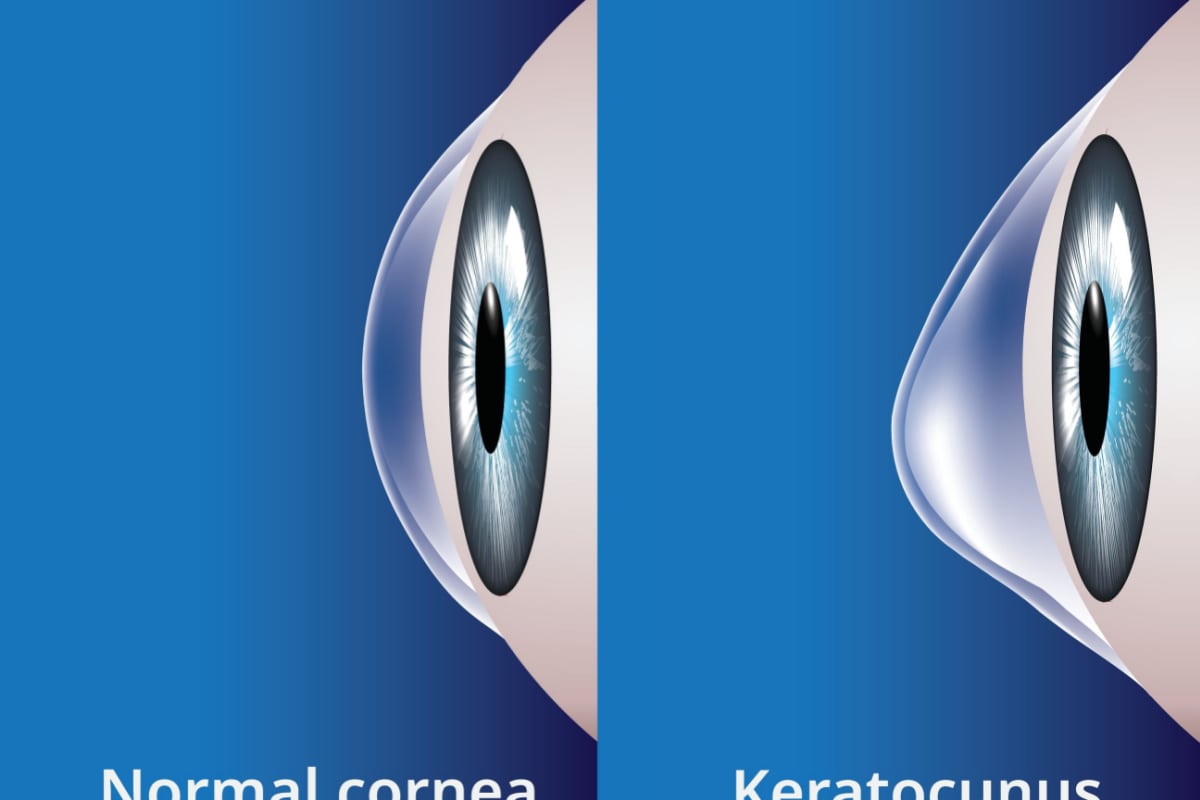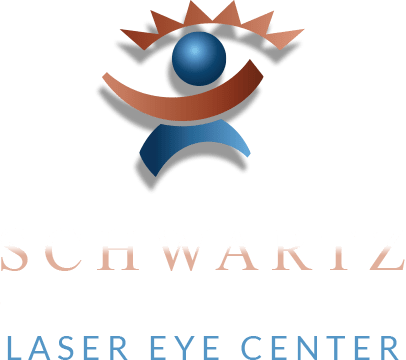Corneal Crosslinking Can Slow the Progression of Keratoconus: Is This Treatment Right for You?
Posted on December 1, 2023 by Schwartz Laser - Keratoconus

Corneal crosslinking is an eye procedure that is performed to strengthen the cornea. It utilizes ultraviolet light and specially formulated eye drops to reinforce the collagen fibers within the cornea. It is an ideal treatment for those with keratoconus, which causes the cornea to grow thin and weak. Currently, corneal crosslinking is the only treatment that can prevent the progression of keratoconus. Dr. Schwartz and his team are proud to offer this innovative treatment to patients with keratoconus. To learn more about the benefits of corneal crosslinking, continue reading.
About Keratoconus
The cornea focuses light that enters the eye and is essential to helping you see clearly. In patients with keratoconus, the cornea lacks an adequate amount of collagen fiber cross-links and begins to bulge outward into a shape that resembles a cone. This results in a weakened cornea, blurry or distorted vision, and sensitivity to light.
Am I a Candidate?
Before a treatment plan can be created, patients must be diagnosed, and the condition must be evaluated to determine its severity. Our doctors will measure the curvature of the cornea using tests such as topography, which creates an accurate corneal map, making it easier to identify changes caused by the condition.
This procedure may be recommended to patients who no longer benefit from eyeglasses or contact lenses. Not every patient will be a candidate for corneal crosslinking, and there may be other options available to you.
The Corneal Crosslinking Procedure
Corneal crosslinking is an outpatient procedure that is performed at our facility that involves two key components: UV light and riboflavin drops. The procedure strengthens the collagen bonds and neighboring proteins, which helps keep the cornea from becoming more cone shaped.
At the start of the procedure, eye drops will be administered to numb the eyes while the patient relaxes in a reclined position. Afterward, your Schwartz Laser Eye Center doctor will remove the outer layer of the epithelium. Special riboflavin eye drops are then applied to the cornea. After 30 minutes, UV light is delivered to the eye, allowing new bonds to develop between the collagen fibers. At the end of your procedure, a special contact lens is placed on the eye where it provides protection and facilitates the healing of the cornea. You will also be prescribed antibiotics and steroid drops to use during your recovery.
Book Your Consultation
Our experts have the skill and experience to help you navigate this condition and explore all of your options. To get started, contact our office today to schedule your consultation.


